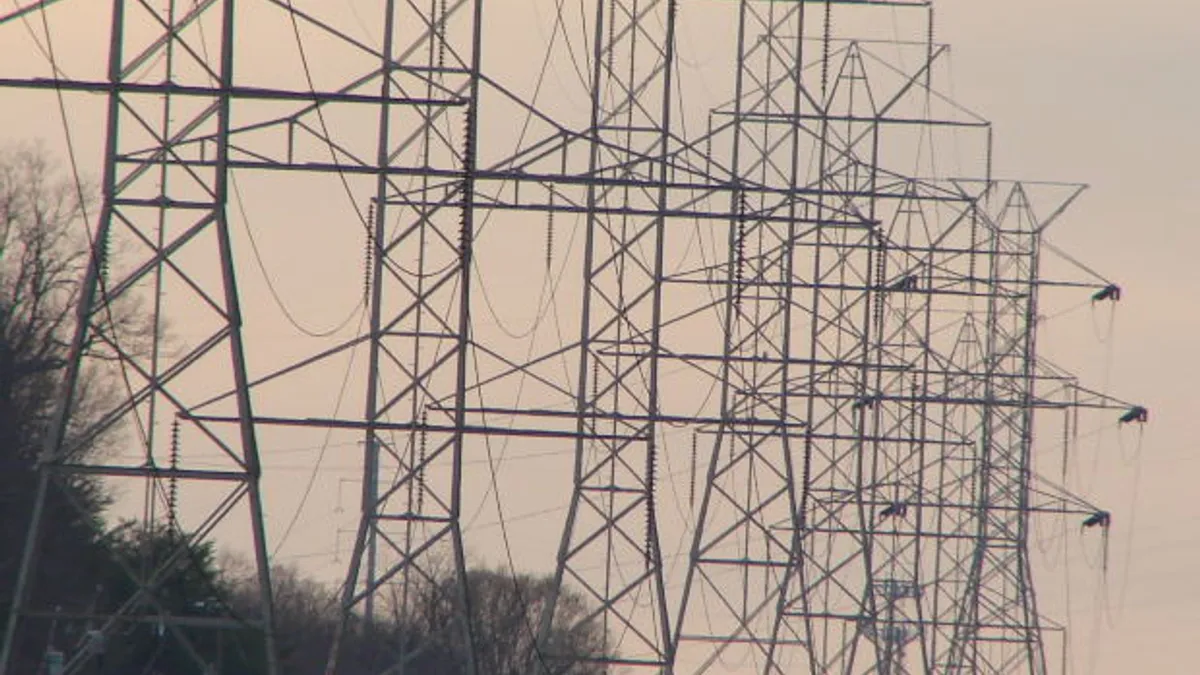Dive Brief:
- Florida-based NTE Energy this week announced plans for a new 1 GW gas-fired power plant in South Carolina to be operational in 2024. Developing and permitting could take the next two years.
- NTE serves municipalities and power agencies located in North Carolina and South Carolina, and has executed long-term power purchase agreements with more than 10 communities. The company has several power generation facilities in various stages of development.
- South Carolina has been struggling with its generation supply; the failed development of the V.C. Summer nuclear plant has thrown two utilities' futures into uncertainty.
Dive Insight:
While the nuclear debacle of Santee Cooper and South Carolina Electric and Gas has dominated most talk of the state's generation future, gas-fired plants are being developed across the Carolinas.
NTE said the new South Carolina plant, the Anderson County Energy Center, would "represent an investment of more than $1 billion." The plant will be approximately 1,000 MW and "will feature some of the most efficient and environmentally-friendly technologies currently available," the company said.
NTE's fleet also includes the company's Kings Mountain Energy Center and its Reidsville Energy Center, which both gas-fired plants in North Carolina that will be fully operational in 2021.
Earlier this year Winterville, N.C., began a power purchase agreement with NTE, selecting it over Duke Progress Energy because the contract allowed the town to manage high winter peak loads.
Once the Anderson County, S.C., facility is complete NTE says its portfolio will top 2 GW, "representing some the newest, cleanest and most efficient power plants in the country."
Santee Cooper, which supplies power to the state's 20 electric cooperatives, and SCE&G will now need to replace the energy that would have been generated by the VC Summer nuclear plant. Development of the plant was halted when costs more than doubled, leaving the two utilities owing a combined sum in excess of $13 billion.
The two utilities each face difficult decisions of how to deal with their debt, including whether it will be paid for by shareholders, taxpayers or customers.















